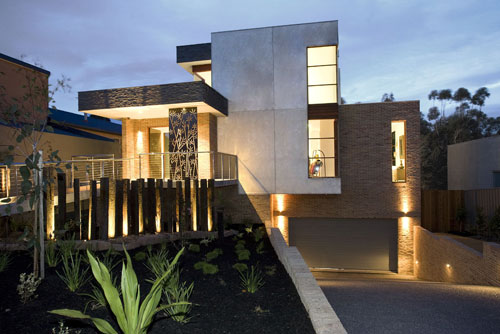A “forever home” in architecture typically refers to a house designed to meet its occupants’ changing needs over time. The idea is that the home is built with features that can be easily adapted to accommodate the residents as they age or their family circumstances change, such as adding ramps for wheelchair access, widened doorways, and other features that promote accessibility and independence by a forever home architect. The concept of a “forever home” is also known as a “lifetime home” or “ageing-in-place design” as it allows one to live in the same home as one age without the need for moving.
Different ideas to design a forever home structure
There are several ways to design a “forever home” to make it adaptable and flexible to the changing needs of its occupants over time. Some of these ideas include
- Open floor plans: An open floor plan allows for greater flexibility in the space, making it easy to reconfigure rooms or create new spaces as needed.
- Barrier-free design: A barrier-free design removes physical barriers such as steps and narrow doorways that can make a home difficult to navigate for people with mobility issues. A forever home architect can include features like ramps, elevators and wider doorways.
- Universal design: Universal design incorporates many features to make a home accessible to people of all ages and abilities. This can include lever-style door handles, easy-to-use light switches, and grab bars in the bathroom.
- Flexible spaces: A forever home can have areas that can be used for different purposes over time. The results are feasible through the use of sliding walls or the use of rooms with multi-purposes.
- Innovative home technology: Smart home technology can make it possible to control lighting, temperature, and other systems remotely, making it easier to live independently.
- Outdoor spaces: An outdoor space can also be designed for multi-purposes, like a garden for therapy or a swimming pool that can be converted into a lap pool.
Benefits of forever home architecture
- Independence: By designing a home that is accessible and easy to navigate for people of all ages and abilities, residents can maintain their independence and continue to live in the home as they age. You can consult a forever home architect in Brisbane or any of your residential regions to fulfill your home design demands.
- Cost savings: Building a forever home with features that can be adapted to accommodate the changing needs of its occupants over time can help save money in the long run, as it eliminates the need to move to a different residence or make expensive modifications later on.
- Accessibility: Many of the design features incorporated in a forever home promote accessibility, which can make it easier for residents with disabilities or mobility issues to navigate and live independently.
- Comfort and safety: A forever home can provide a safe and comfortable environment that can accommodate the changing needs of its occupants over time, with remote control to smart home technology, temperature and lighting.
- Multi-purposes: Outdoor spaces and some rooms can be designed with multiple uses; this can provide a wide range of activities and benefits, like a garden for therapy or a swimming pool that can be converted into a lap pool.
- Sense of community: By designing a forever home, the occupants can have a sense of community and belonging as they will have a space that fits their needs and preferences over time.
- Increased Property Value: Incorporating many of these features can also increase the property’s value, making it more marketable and desirable to potential buyers in the future.
A forever home architect can impose designs such as open floor plans, barrier-free designs, universal designs, flexible spaces, smart home technology, and outdoor spaces that can be used for multiple purposes. It’s worth noting that the most critical aspect of designing a forever home is to consider the personal needs and preferences of the occupants and to incorporate features that will make the home more comfortable, safe, and accessible over time.








